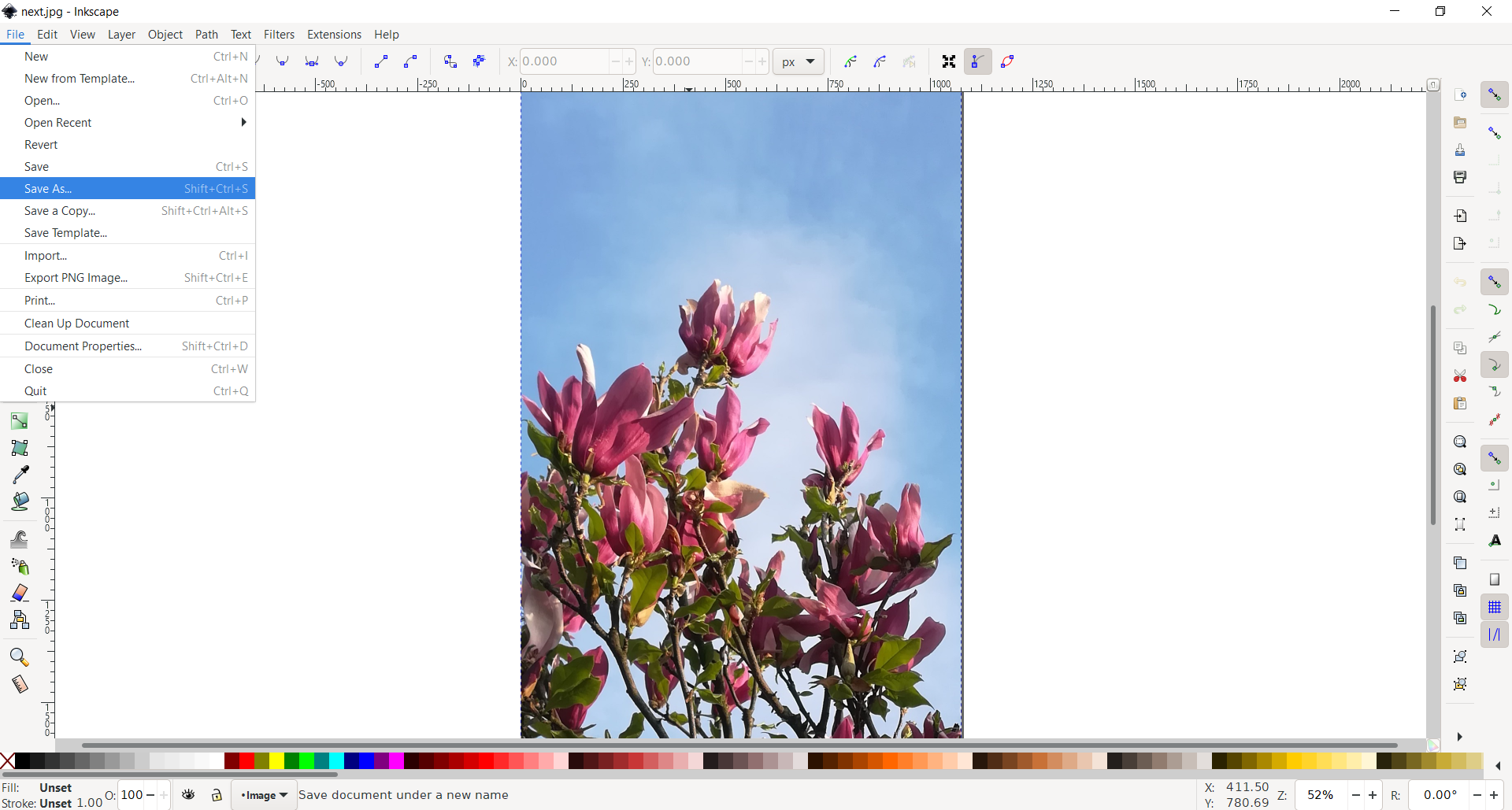

it goes bust with open paths and when the curve is near itself.It is not a perfect tool that will give you consistent results. Something to note regarding the Trace Bitmap option. When you open an image in Inkscape a window called PNG Bitmap Image Import will appear. there's no easy to input numeric offset value, it must be adjusted by eye Once you have opened Inkscape, import your JPG file by going to File > Open.One can ask "why all this complexity, why do you not simply use Path > Dynamic offset?"

Tested, how well the result fits in the original traced curveĬonclusion: quite as good as the original tracing

Stroke is outlined (Path > Stroke to Path), removed the fill, new stroke width = 0.5 mmĭivided again like in step 3. In Inkscape the edge will be 2,5mm aside from the path => one of the edges shoud be the wanted centerline trace. New colors are selected to make this explanation clearerĭeleted the red curve, the blue curve got 5 mm wide stroke. If your original was a closed shape like a circle, no divisions at nodes are needed, only Break apart. Remember to confirm all divisions with Path > Break apart. Traced bitmap, fill removed, 0.5mm strokeĭivided with the node tool to 2 separate curves, end segments are deleted. If your curve happens to be uniformly wide and do not cross itself, you can get a good result:Ī bitmap curve, about 5 mm wide, high contrast, high resolution, sharp, no JPG compression artifacts (=easily traceable) I guess you want so called centerline tracing or a way to convert normal Inkscape tracing result to it.


 0 kommentar(er)
0 kommentar(er)
